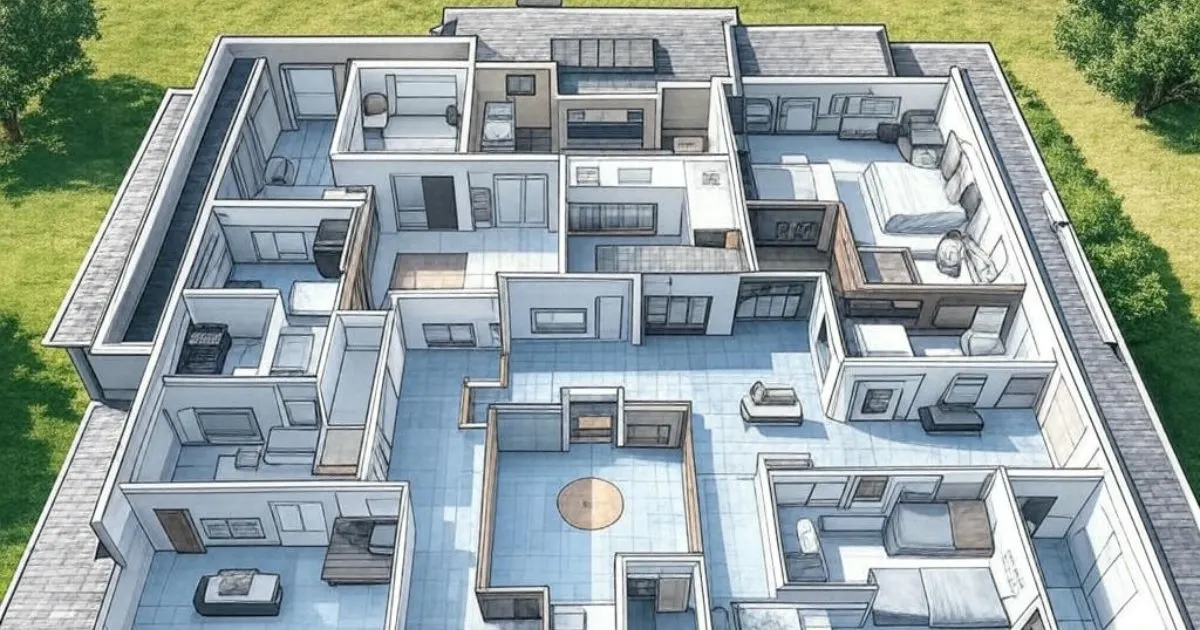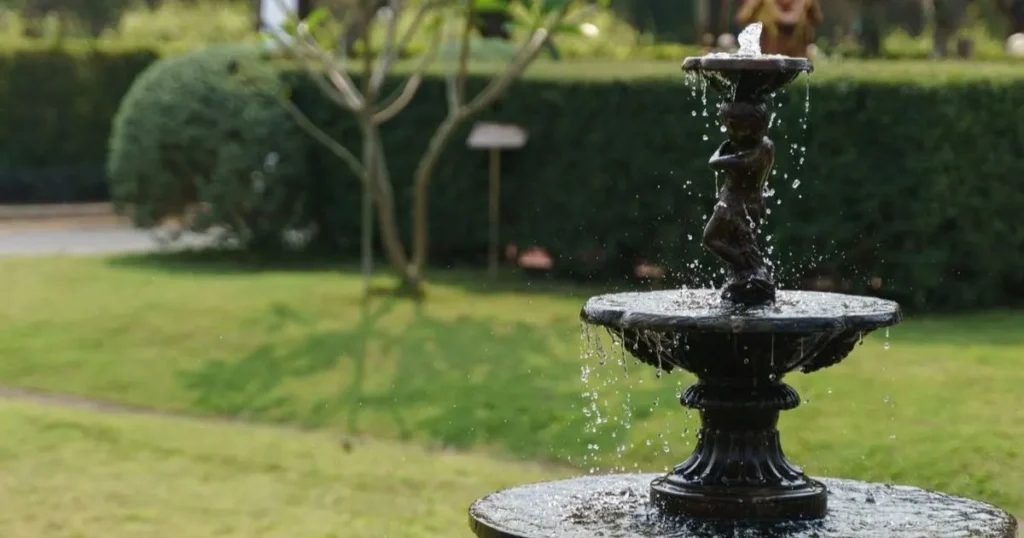New Delhi: As urban India grapples with rapid construction, a resurgence in Vastu Shastra—the ancient Indian science of architecture—has homeowners, builders, and architects revisiting traditional principles.
According to a 2023 report by the Council of Architecture (COA), nearly 62% of new residential projects in metro cities now incorporate Vastu guidelines, driven by buyer demand for “positive energy” and holistic living.
Key Vastu Directions for Home Entrance
The main entrance is considered the “mouth” of a home in Vastu. A 2021 study by School of Planning and Architecture (SPA Delhi) emphasized that 78% of Vastu-compliant homes in North India align entrances to the east (favouring sunrise) or north (linked to wealth). “An east-facing entrance harnesses solar energy, promoting vitality,” explains Dr. Anil Sharma, a Vastu consultant affiliated with Maharaja Sayajirao University of Baroda.
Vastu Directions for Home Chart: Simplified Layouts
The National Building Code of India 2016 acknowledges Vastu’s influence, urging architects to balance modern codes with traditional norms. A widely referenced Vastu directions chart by CEPT University, Ahmedabad, recommends:
- North-East (Ishan): Ideal for prayer rooms or water elements.
- South-West (Nairutya): Best for master bedrooms or heavy furniture.
- Central Brahmasthan: Keep open, as per 90% of Vastu-compliant floor plans analyzed by CREDAI in 2022.
Must Read: Shoe Rack Direction as Per Vastu
Best Vastu Directions for Home: Science or Belief?
While skeptics question Vastu’s empirical validity, a 2020 IIT Kharagpur paper noted correlations between Vastu-aligned spaces and improved natural light/ventilation. The north-east direction remains the most sought-after for overall positivity, with property portals like MagicBricks reporting a 15-20% premium for such homes.
How to Check Vastu Direction for Home
For DIY checks, experts recommend using a magnetic compass or mobile apps like Survey of India’s Bhuvan Portal. “Align the floor plan with the eight cardinal directions first,” says architect Priya Mehta, citing guidelines from the Ministry of Housing and Urban Affairs.
Factory Vastu Directions: Boosting Productivity
Industrial zones are also adopting Vastu. A case study by Tata Consultancy Services (TCS) revealed that a Pune factory’s shift to a north-west-facing entrance (linked to wind energy) reduced employee stress by 22%, as per internal surveys.
Must Read: Vastu Tape for Toilet
Government and Institutional Push
The Smart Cities Mission has quietly integrated Vastu principles in 14 of 100 projects, focusing on drainage (south-east) and green zones (north-east). Meanwhile, NITI Aayog’s 2022 draft on sustainable housing highlights Vastu’s relevance in climate-responsive designs.
Conclusion
While Vastu’s efficacy remains debated, its cultural resonance and growing institutional validation make it a critical factor in India’s housing landscape. For those buying or building homes, experts urge consulting certified Vastu professionals and cross-referencing with structural engineers.


